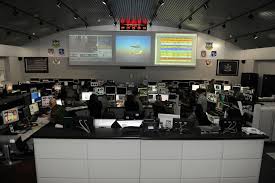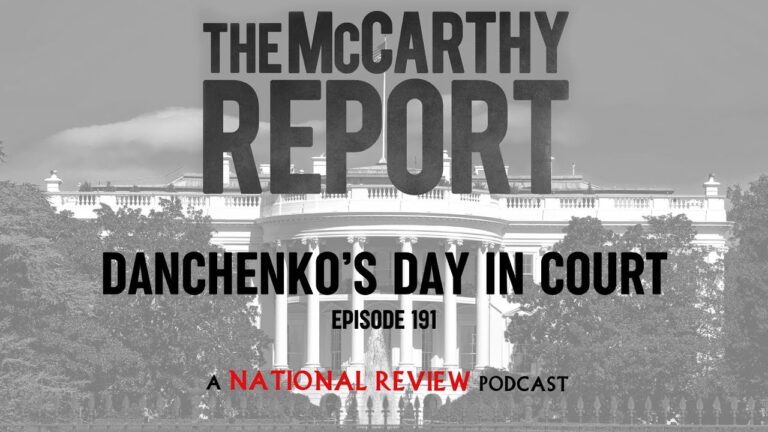
Introduction to NORAD
The North American Aerospace Defense Command (NORAD) is a crucial element of defense for both Canada and the United States. Established during the Cold War, NORAD has evolved to address modern threats, including cyber warfare and terrorism. Its relevance has increased in recent years due to rising geopolitical tensions and advances in missile technology.
Current Events and Operations
As of late 2023, NORAD has been actively engaged in monitoring and responding to various aerial threats. The annual bi-national exercise, Amalgam Dart, which took place this month, simulated responses to a potential airborne attack on North America. This exercise underscored the importance of collaboration between the U.S. and Canadian forces.
In addition to traditional threats, NORAD has expanded its focus to include the defense against unmanned aerial vehicles (UAVs) and missile threats from nations such as North Korea. Recent missile tests conducted by North Korea have prompted NORAD to enhance its surveillance measures and ensure readiness for any potential incursions into North American airspace.
Technological Advancements
NORAD continues to integrate advanced technology to improve its capabilities. The adoption of new radar systems and enhanced satellite surveillance has bolstered its ability to detect and respond to threats faster than ever. In September 2023, NORAD unveiled a new, upgraded command center designed to facilitate better communication and coordination between forces.
Conclusion: The Significance of NORAD Today
The importance of NORAD cannot be overstated; it stands as a collaborative security alliance between Canada and the U.S., dedicated to protecting the continent from a wide range of threats. As geopolitical tensions rise, the role of NORAD will likely expand, and ongoing investments in technology and operations will be vital for ensuring the safety of North Americans. Citizens can remain informed and aware of how these actions contribute to national security and peace in the region.






